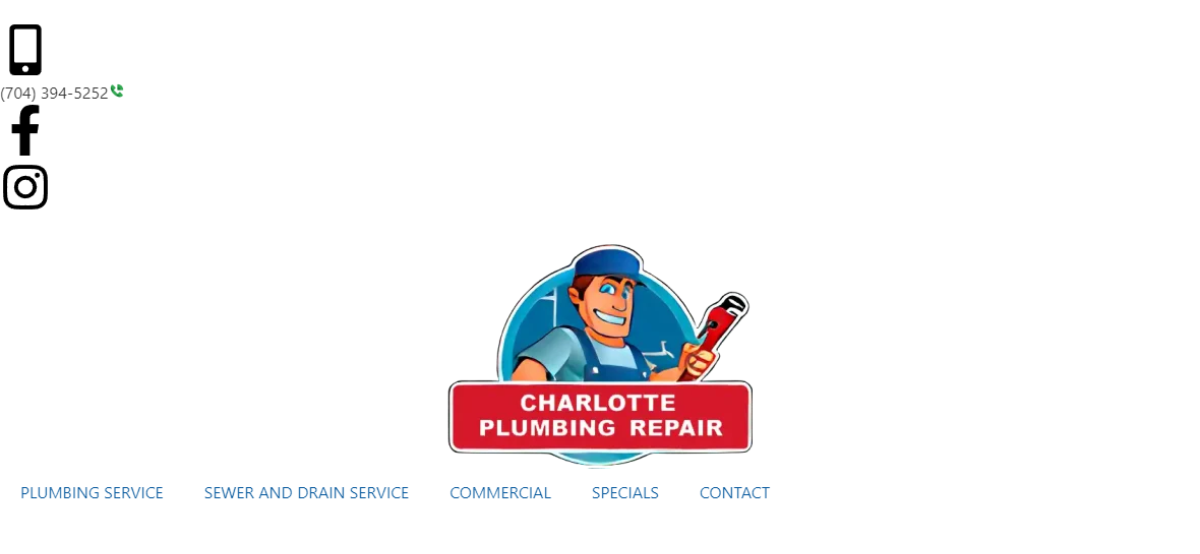This article’s intent is to help you diagnose water quality and water pressure along with drainage issues with your potable water and waste pipes. Older homes built before the 1980’s did not have many options as far as plumbing materials go. The most readily available materials were cast iron and galvanized iron pipe. Unfortunately there was not enough technology, research or even thought put into what will happen to these materials down the road. As the result Plumbers nationwide have to constantly service and in most cases rip out the entire systems and install new modern systems such as copper, PEX (Polyethylene Cross Linked), ABS, and PVC. If you notice you have slow drains or they do not drain at all, then you may have galvanized iron drains. If you notice low pressure or low flow from your faucets then you may have galvanized iron water lines.
First of all let’s state the fact that not all iron systems are bad. In fact cast iron drains seem to have an average 40 – 60 year life span. This means if your sewer main is cast iron and has no signs of constant plugging issues or leaks then if it isn’t broke don’t fix it. However, majority of cast systems inside of the building used galvanized drains for all of the branch lines such as tubs, showers, and sinks. Plain and simple, these drains are the worst. Some severe cases will not drain at all and cannot be snaked out. You ask why can’t they be snaked out and I will explain. Modern pipe systems are designed to maintain a smooth path way for fluids and solids. This prevents solids from being caught and eventually blocking the pipe off. Glued fittings such as ABS or PVC, if installed correctly, prevent this from happening. The reason iron does not provide this is simple, it is a corrosive material. Corrosive metals, even treated, will eventually scale and rust from long term exposure to water and chemicals. One other important reason is that it is not maintainable due to original Plumbing contractor error.
Galvanized drains are threaded pipe turned into the threaded hub of a fitting. If the original installer buried the pipe too deep into the hub you will have a jagged ridge of pipe penetrating into the water way. This is where a service technician will no longer be able to help you. As you push a sewer snake cable into the fitting the end of the cable will bind on that ridge and prevent the cable from passing through the hub. At this point you are out of luck. Last ditch attempt is to use some pure sulfuric acid but that rarely works because there is too much build up. Please note you should never dump sulfuric acid down a disposal because it can severely damage the unit and could blow nasty acid all over you. Please use extreme caution and safety equipment when using such a chemical. Only option left at that point is to remove all of the galvanized drain lines from above the flood level of the fixture in which it serves to the main cast iron trunk line with either ABS or PVC.
Most all older production homes used galvanized iron water lines. This was at that time period the most common and cost effective way to plumb potable water. If you are lucky the plumbing company
spent a little extra and used copper. If you experience bad water pressure or flow it could be from under sized piping but in most cases it is corroded galvanized pipe. Not only did they almost always under size the system, but the pipes have approximately a 40 year life span depending on your water quality and electrolysis issues.
Galvanized water piping will commonly leak at the joints and fittings of a branch arm. This happens because upon installation of the pipe it is thread with a threading machine. When you thread galvanized pipe it removes the galvanized coating at the threads as well as thins the pipe. This is why the most common place for this type of system to leak is at the joints.
Electrolysis happens when two or more types of metal touch and water flows through them creating an electrical charge that immediately breaks down the softer metal, usually the copper goes first. Finally the most common is natural corrosion. This happens naturally and can be sped up by hard water and other chemicals pumped in by the city’s water supply.
Once any or all of these things happen the scale inside of the pipe will break off and end up plugging your faucets flow restrictors, faucet aerators, shower cartridges, and shower heads. If you experience any of these symptoms then you probably have this type of pipe and should consider having a licensed Plumber provide you with an estimate to
re-pipe your entire water system charlotte nc.
re-pipe your entire water system charlotte nc.

